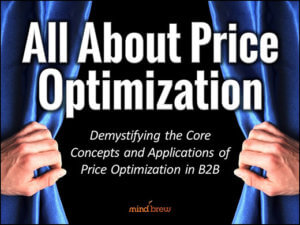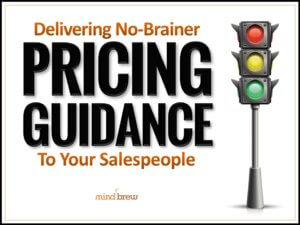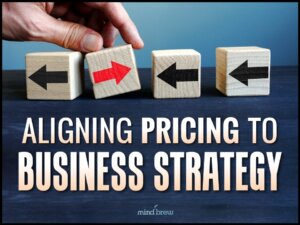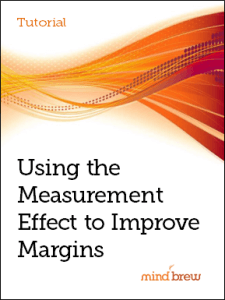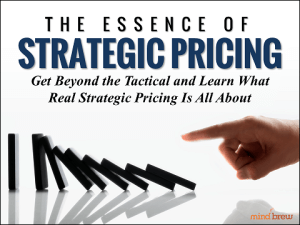Did you (or your kids) ever have to do one of those school projects where you have to solve an engineering challenge using household items? One popular variant challenges students to use paper or drinking straws to create a container that will prevent an egg from cracking when dropped from a significant height. Another asks them to design a bridge out of spaghetti, toothpicks, or popsicle sticks. Sometimes there are even prizes for the bridge that holds the most weight or the egg container that can withstand the tallest drop.
The results of these projects can be pretty entertaining. Some are beautiful, but don’t accomplish the intended goal. Others look thrown together but somehow manage to score near the top of the class. Many are over-engineered with features that don’t really do what their designers thought they would do.
Almost all of them seem to be based primarily on educated guesses of what will or won’t work.
When you think about it, our ancient ancestors probably went through a similar process when they were creating the first buildings. It probably took a good bit of trial and error before they came up with the first tent designs that effectively kept out the weather. And coming up with a building that could withstand the test of time was probably the work of multiple generations. Also, like the classroom projects, many of the early attempts were probably ineffective and/or over-engineered.
Today, however, we no longer need to rely on guesswork. We have math — and fancy tools that make the math easy.
If your city is building a bridge, civil engineers will use math to determine the load it needs to bear and precisely how deep the supports need to go and how wide and thick your steel and concrete need to be. Before they dig a single hole, they will probably use computer simulations to test the design under various weather and traffic conditions.
Pricing has gone through a similar progression.
The early days of pricing had a lot in common with young physics students building spaghetti bridges and cavemen trying to construct a teepee. Most pricing structures were simple cost-plus models and anything beyond that relied on trial and error.
Today, today, however, we have math and fancy tools to help define optimal prices.
We don’t have to guess what price range to offer a particular segment, what a customer’s willingness to pay is, how to determine prices for a new product line, or how prospects will respond to the pricing structure we define. All those questions (and many more) can be answered very precisely with mathematical formulas that we now understand quite well.
Several PricingBrew webinars delve into these questions that can be answered with the right data and math:
- All About Price Optimization explores what price optimization is seeking to accomplish, how it actually works, and some common myths and misconceptions.
- Business-to-Business Price Elasticity explains the fundamentals of the most powerful (and underutilized) measure in pricing and how you can put it to good use in your business.
- Making Sense of Pricing Technology highlights critical distinctions between various types of pricing technologies and why they matter in practical terms.
- Delivering No-Brainer Pricing Guidance To Sakes explains how to use technology to deliver precise, actionable information to your sales team.
While constructing with spaghetti or popsicle sticks will always be a mix of serendipity and skill, your B2B pricing strategy doesn’t have to rely on whims. Armed with the power of data and analytics, you can build pricing structures that stand tall and unyielding in the market.

